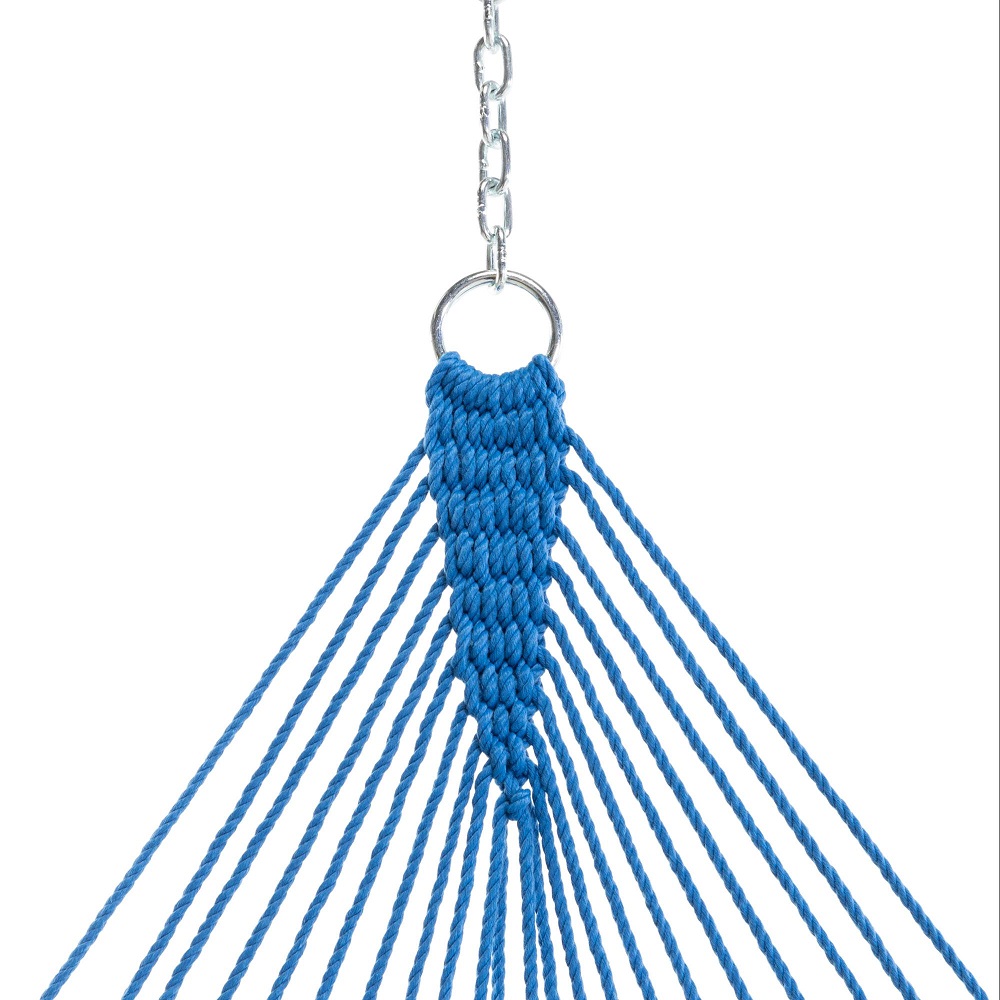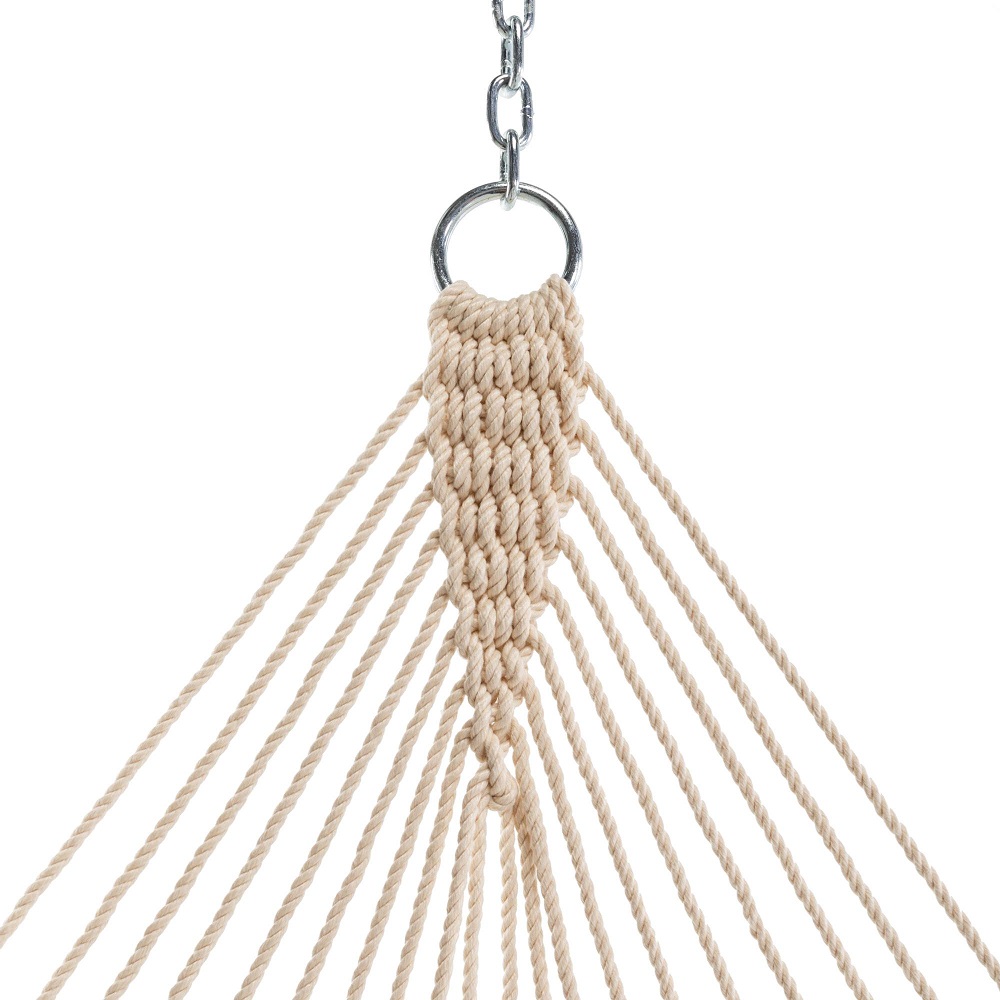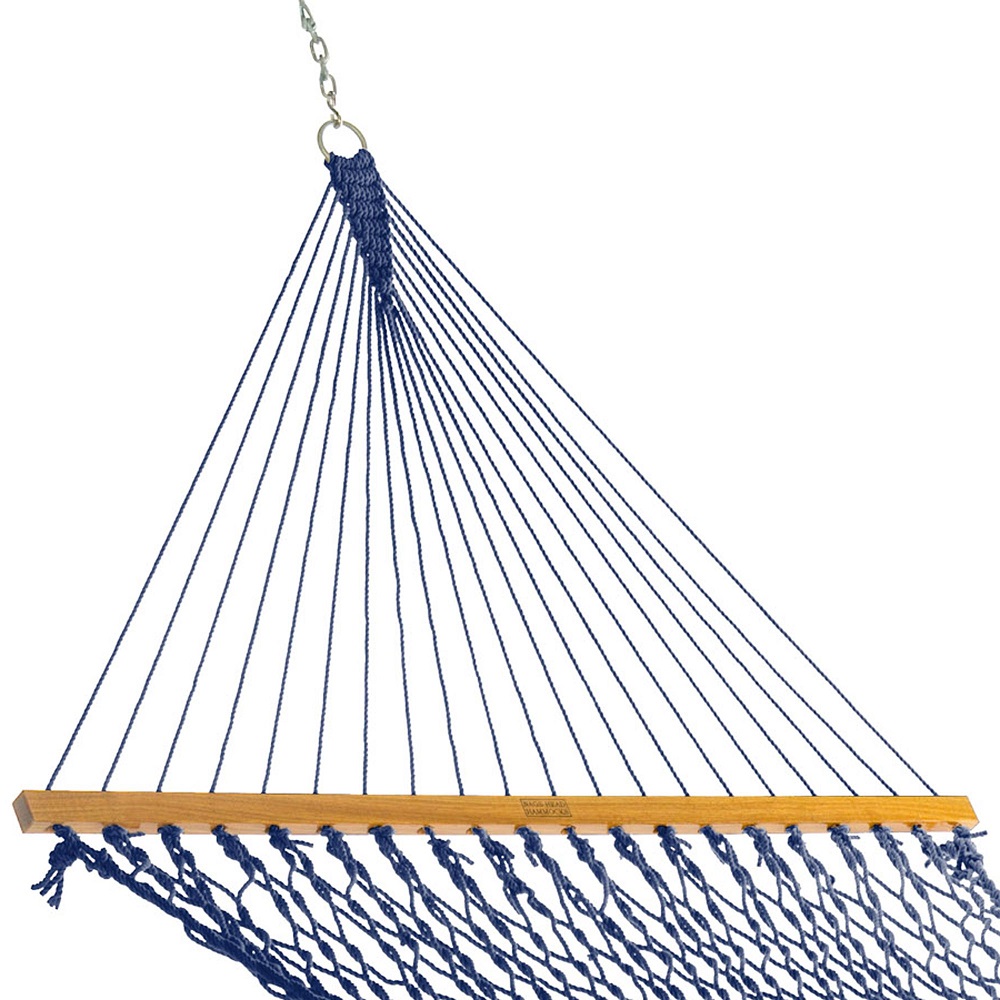Introduction to Hammock Knots
Relaxing in a hammock is pure joy, but a secure setup is key. Learning the right knots ensures your hammock won’t let you down—literally. Whether you’re enjoying a serene afternoon in your backyard or backpacking in the wilderness, knowing how to properly tie your hammock is crucial.
Importance of Learning Knots for Hammock Hanging
A well-tied knot can mean the difference between a restful sleep and a sudden fall. Knots provide vital support and stability for a hammock. They allow you to adjust the tension and ensure that the hammock is secure. Without solid knots, the safety of your hammock could be compromised, putting you at risk of injury. Learning these skills also means you can set up your hammock anywhere, without relying on specialized equipment.
Types of Knots You’ll Encounter
There are several key knots that are important for hammock enthusiasts to know. Each knot serves a different purpose, from securing your hammock to adjusting its tension. Some of the common knots you’ll come across include the basic knot, for simple setups, the bowline, for securing loads, and the half hitch, as a foundational knot. You’ll also encounter the taut line hitch for adjustable tension and the sheet bend to connect ropes of different thicknesses. Mastering these will help you enjoy hammock hanging with peace of mind.

The Basic Knot: Understanding Its Role in Hammock Tying
A basic knot is essential for secure hammock tying. It acts as a stopper, preventing rope slippage through anchor points like eyeholes. This simple form of knot is versatile, used in various outdoor activities beyond just hammocks. It’s a key skill for ensuring stability and security.
Description and Uses
The basic knot is primarily used to prevent the end of a rope from slipping out of a holding point. This makes it ideal for hammock ropes, where it provides a firm stop at the end of the line. It’s also useful in situations where temporary holds are needed, without requiring much effort to untie.
Step-by-Step Instructions to Tie a Basic Knot
- Take the end of the rope and form a small loop.
- Pass the end of the rope through the loop.
- Pull both ends to tighten the knot against the loop’s neck.
- Adjust as necessary to ensure the knot is snug and secure.
This basic knot is a foundational skill in hammock setup and should be practiced regularly to achieve quick and secure tying in various outdoor settings.
The Bowline Knot: Securing Loads with Confidence
The Bowline knot stands out due to its non-slip nature and robust hold, making it a favorite among hammock enthusiasts. It is particularly valued for its ability to bear heavy loads without tightening under pressure. This characteristic ensures that your hammock remains stable, even when bearing the full weight of a person.
The Versatility of the Bowline Knot for Hammocks
The Bowline knot’s design makes it a go-to for various outdoor applications. For hammocks, it serves perfectly for securing the hammock to trees, poles, or other anchors, ensuring it stays put regardless of the weight or movement in the hammock. Its ease of untying also makes it a preferred choice, allowing for quick adjustments and pack-ups.
How to Tie a Bowline Knot: A Visual Guide
- Start by forming a small loop in the rope; this is often called the rabbit hole.
- Pass the end of the rope — the ‘rabbit’ — up through the loop from underneath.
- From here, take the rabbit around the tree (the standing part of the rope) and back down through the hole.
- Pull the rabbit tight to secure the loop you have created. Now you have a Bowline knot.
This simple and effective technique will not only secure your hammock but also ensure it’s quick to release when you choose to move on. Practice regularly to tie it swiftly and efficiently.
The Half Hitch: A Foundational Knot for Hammock Set-Up
The Half Hitch serves as the cornerstone for many knot combinations. It’s often the first step in creating more complex knots and is essential for hammock setup.
When and Where to Use the Half Hitch
Harness the Half Hitch’s simplicity in numerous situations. It’s ideal for:
- Quick tie-offs to posts or trees.
- Making a line setup ready for extra hitches.
- Starting complex knots that need a reliable base.
Use it when you need a temporary hold or are beginning a more secure knot for your hammock.
Tying a Perfect Half Hitch: Simple Steps
Here’s how you can tie a Half Hitch in a breeze:
- Loop your rope around an object (like a tree).
- Cross the end of the rope (the ‘tail’) over the standing part.
- Tuck the tail under and through the loop you created.
- Pull both the tail and the standing part to snug the knot.
Practice makes perfect – rehearse tying this knot to master it and ensure your hammock’s security.

The Taut Line Hitch: Adjustable Tension for Hammock Stability
Taut Line Hitch Benefits and Applications
The Taut Line Hitch is a must-know for hammock lovers. It’s adjustable, providing optimal hammock tension. You can fine-tune hammock tightness with this knot. It’s perfect for changing weather or weight shifts. You’ll use it for securing tarps, too.
Detailed Guide to Tying a Taut Line Hitch
Learning the Taut Line Hitch is simple. Follow these steps to master it:
- Wrap the rope around your anchor point.
- Cross the end over the standing line to create a loop.
- Twist the end around the standing line inside the loop twice.
- Make another loop outside the first two.
- Pass the end through this new loop.
- Pull on the end to tighten the knot. It should slide for tension adjustments.
Practice this knot to get a feel for adjusting tension. It’s a strong, movable knot for secure hammock hanging.
The Sheet Bend: Connecting Ropes of Different Sizes
When dealing with hammocks, sometimes you need to connect ropes that are not the same thickness. The Sheet Bend knot excels in this situation. Whether you’re lengthening your hammock ropes or repairing a break, this method offers a reliable solution without weakening the ropes.
Sheet Bend: Ideal for Lengthening Hammock Ropes
When your hammock setup calls for more length, the Sheet Bend can be crucial. It’s designed for joining two ropes, especially when they vary in size. This knot maintains strength and ensures safety, making it indispensable for hammock enthusiasts.
The Process of Tying a Sheet Bend Knot
Here’s a quick guide on how to tie a Sheet Bend:
- Make a ‘J’ shape with the thicker rope.
- Pass the thinner rope through the ‘J’ from behind.
- Wrap the thin rope around the ‘J’ once.
- Tuck the thin rope under itself and the ‘J’.
- Pull both ends to tighten the knot securely.
By mastering the Sheet Bend, you extend the versatility of your hammock, ready for any situation outdoors.
Alternative Knots and Tying Techniques
Exploring alternative knots can enhance your hammock setup experience, offering both reliability and simplicity.
The Figure 8 Knot: Reliable and Easy to Untie
The Figure 8 knot serves as a strong stopper knot, preventing ropes from fraying or sliding through. It’s recognized for its simple structure, making it one of the easiest knots to untie, which is ideal for fast adjustments or pack-ups.
To tie a Figure 8 knot:
- Start by making a single loop with your rope.
- Pass the tail end over itself to form a ‘figure 8’ shape.
- Continue by threading the tail back through the first loop you created.
- Tighten the knot by pulling both ends of the rope.
This knot is especially beneficial when you need a quick release without compromising on the rope’s integrity.

The Hammock Knot: Simplified Tying for Quick SetUp
The Hammock Knot is tailored for hammock enthusiasts for easy and secure setup. It allows for fast adjustments and can be untied just as quickly.
Steps to tie the Hammock Knot:
- Loop your rope through the hammock’s end ring or carabiner.
- Wrap the tail around the main line a few times.
- Pull the tail through the loops you created.
- Tighten the knot by pulling both the tail and standing line.
This knot is perfect for those who frequently set up and take down their hammocks, providing a balance between security and ease of use.
Tips for Practicing and Mastering Hammock Knots
Practicing your knot-tying skills is essential for quick and secure hammock setup. Regular practice ensures that each knot becomes second nature, enabling you to set up your hammock efficiently and safely every time. Here’s how you can enhance your proficiency in hammock knot-tying.
Consistent Practice for Knot-Tying Proficiency
To become skilled at tying knots for hammocks, integrate practice into your routine. Try these tips:
- Schedule short, daily practice sessions.
- Use different types of rope to adapt to various textures.
- Watch tutorial videos and mirror the techniques.
- Teach someone else to reinforce your knowledge.
- Keep a rope handy at home or work for practice during breaks.
By consistently working on your knot-tying technique, you can ensure your hammock hangs securely whether you’re in your backyard or deep in the woods.
Safety Considerations and Knot Maintenance
Ensuring your hammock knots are tied correctly is crucial for safety. Keep these points in mind:
- Regularly inspect ropes for wear and tear.
- Replace frayed or damaged ropes as needed.
- Learn the specific uses of each knot to avoid misapplication.
- Test knots with slight weight before fully trusting them.
- Always double-check all knots before use.
By maintaining your gear and being mindful of these safety tips, you can relax in your hammock knowing you’ve minimized the risk of accidents.
